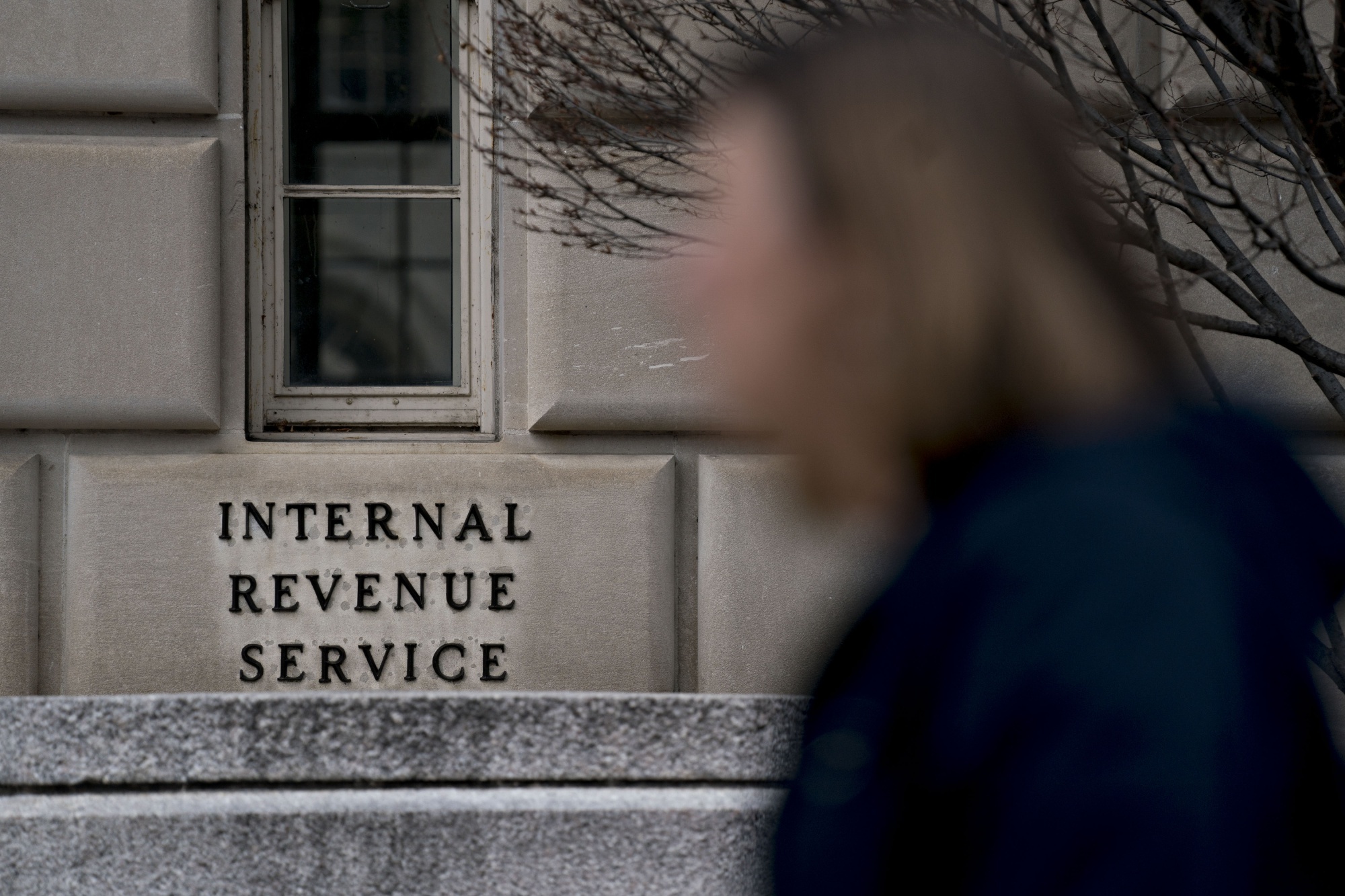The Internal Revenue Service is beefing up its controls to safeguard against improper self-employed retirement deductions, according to a new report.
The report, from the Treasury Inspector General for Tax Administration, found the IRS has made strides in its ability to detect taxpayers who deducted contributions made to self-employment retirement accounts but who didn’t have evidence of self-employment activity, after a previous TIGTA report. But TIGTA believes the IRS could strengthen its controls even more.
The report pointed out that self-employed taxpayers can deduct contributions made to their own self-employed retirement accounts under certain circumstances. But without effective controls to prevent or detect potentially improper deductions, they may end up claiming unallowable or even fraudulent deductions.
Nevertheless, the IRS has managed to improve its internal controls in recent years to prevent self-employed retirement plan deductions for taxpayers who don’t have evidence of self-employment. A 2014 report from TIGTA found that, in tax year 2011, 2 percent of tax returns filed claiming a self-employed retirement deduction didn’t have any evidence of self-employment. For the latest report, which TIGTA released Monday, it found that, for tax year 2017, less than one-half of 1 percent of such returns lacked evidence. That means the IRS’s actions have led to an 84 percent improvement compared to the 2014 report.
However, the new report said the IRS could improve its process further to confirm self-employment activity if it included Schedule SE, “Self-Employment Tax,” when processing tax returns.
“The IRS could also make processing improvements to identify invalid deductions,” said the report. “For example, TIGTA determined that 42,991 tax returns potentially included deductions over permitted amounts. Additionally, 485 returns included deductions for Simplified Employee Pension plan contributions but did not report net earnings from self-employment.”
The report estimates the potentially improper deductions led to an underpayment of approximately $178 million in taxes.
Previous IRS research has shown that compliance is higher when there’s third-party information reporting available to confirm tax deduction claims. In contrast, reported amounts that have little or no information reporting available, such as business income, have significantly lower compliance rates. Retirement plan administrators aren’t required to report the contributions that have been made to defined contribution plans and defined benefit plans, which can lead to noncompliance. TIGTA found that taxpayers deducted approximately $14.7 billion related to contributions for which third-party reporting for retirement contributions wasn’t required.
To be sure, retirement plan administrators report contributions on Form 5498, “IRA Contribution Information,” when applicable. But unlike contributions that are made to traditional individual retirement accounts or Roth IRAs, Form 5498 doesn’t include all the contributions made to self-employed retirement plans during the contribution window. For tax year 2017, TIGTA identified 193,985 tax returns that had approximately $1.41 billion more in deductions than the amounts reported on the Form 5498. However, because Forms 5498 and the tax returns have different reporting periods, it’s hard for the IRS to identify any of the overstated deductions.
TIGTA made six recommendations in the report, suggesting the IRS add Schedule SE to its processing controls, as well as enhance its controls to determine the reasonableness of self-employed retirement deductions, assess the need for extra third-party data to verify deductions, and change the Form 5498 instructions for consistency.
In response to the report, IRS management agreed with two of TIGTA’s recommendations and plans to take action to fix them. However, the IRS didn’t agree with TIGTA’s suggestion for enhancing controls to determine the reasonableness of self-employed retirement deductions, assessing the need for additional third-party data, and changing the Form 5498 instructions.
“As you noted, the IRS faces challenges in maximizing the use of Form 5498 for SEP and SIMPLE enforcement activities because contributions to those plans are permitted well after the end of the tax year (for example, for calendar-year taxpayers, contributions are permitted until Oct. 15 of the next year),” wrote Eric Hylton, commissioner of the IRS’s Small Business/Self-Employed Division. “Despite these challenges, we remain committed to using all available information to continue identifying invalid self-employment retirement deductions. However, due to current budget and staffing limitations, we must make difficult decisions regarding priorities and the types of enforcement actions we pursue and the service we provide.”
TIGTA, for its part, argued that these actions would improve tax compliance and potentially increase revenue by $890 million over the next five years.